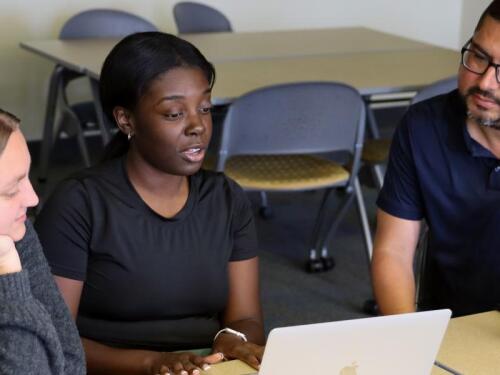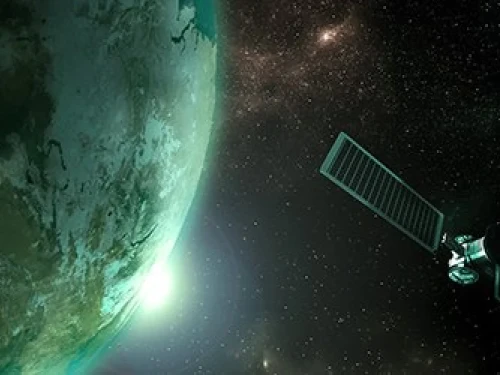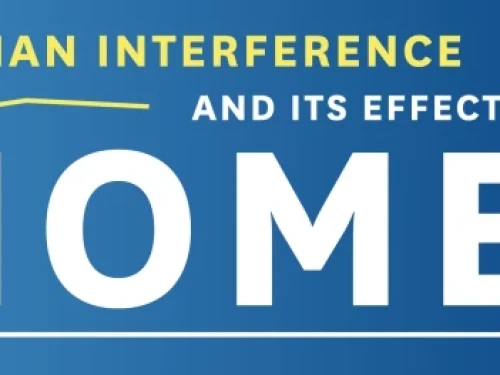Graduate Certificate
Kent State University offers a wide range of 100% online graduate certificate programs designed to help professionals enhance their skills, advance their careers, and explore new fields. These programs cater to diverse interests, including disability studies, accounting fundamentals, human resource management, journalism education, and geographic information science (GISc). Each program is crafted to provide specialized knowledge and flexibility, allowing students to balance their education with personal and professional commitments. With expert faculty and resources, Kent State’s online grduate certificates deliver high-quality learning experiences tailored to industry demands. Explore how these graduate certificates can help you achieve your career goals.
Related Blog Posts
Kent State University’s College of Business (COBA) provides global impact through innovative education, leading research, and meaningful engagement with the business community.
Beginning this Fall 2021, the Master of Science in Accounting program at Kent State University will be delivered online.
Today, many Americans do not have access to mental health services, in part due to a lack of qualified mental health professionals. Nurses who become Psychiatric Mental Health Nurse Practitioners (PMHNPs) help bridge this gap and provide holistic care to those who are struggling with mental illnesses and addictions. PMHNPs are uniquely poised to expand education about, and access to, mental health care.
When you tune in to a local weather forecast or reach your destination with the help of a GPS device, you’re reaping the benefits of geographic information system (GIS) remote sensing technology. GIS was first applied in the 1960s to collect and analyze data regarding land usage. Today, there are a myriad of GIS applications ranging from urban planning to predicting the environmental effects of climate change. GIS technology continues to develop, creating an ever-increasing need for skilled professionals.1
If you’re researching either geographic information systems or geographic information science, it can sometimes be difficult to distinguish one from the other. Although geographic information science is often confused with geographic information systems, and the two terms are closely related, they are not perfectly interchangeable.1
Geographical information systems (GIS) are the backbone for geographical science and all its related fields. Modern geography uses sophisticated, highly specialized technology to gather, analyze and report on data about positions on Earth’s surface.1
Although various fields of science may differ in how they use the word, a “biome” can generally be defined as a geographically large ecosystem with a shared physical climate. Earth’s biomes can be classified broadly into two overarching categories, terrestrial and aquatic. These are further divided based on climate and on the dominant plants and animals that have evolved to thrive in their specific environmental conditions.
Human activity has had an effect on the environment for thousands of years, from the time of our very earliest ancestors. Since Homo sapiens first walked the earth, we have been modifying the environment around us through agriculture, travel and eventually through urbanization and commercial networks. At this point in earth’s physical history, our impact on the environment is so substantial that scientists believe “pristine nature,” or ecosystems untouched by human intervention, no longer exist.1
In the modern world, media is saturated with images of natural disasters and their impacts on human health and infrastructure. And while the most memorable images for many are of the damages done by hurricanes, tornadoes or earthquakes, in the U.S., the deadliest atmospheric hazard over the last few decades has been excessive heat. While everyone generally knows the advice to take it easy during hot weather, it tends to get much less attention than other hazards because its impacts are not nearly as visibly dramatic. This said, several hundred people a year in the U.S. on average still die from excess heat.










